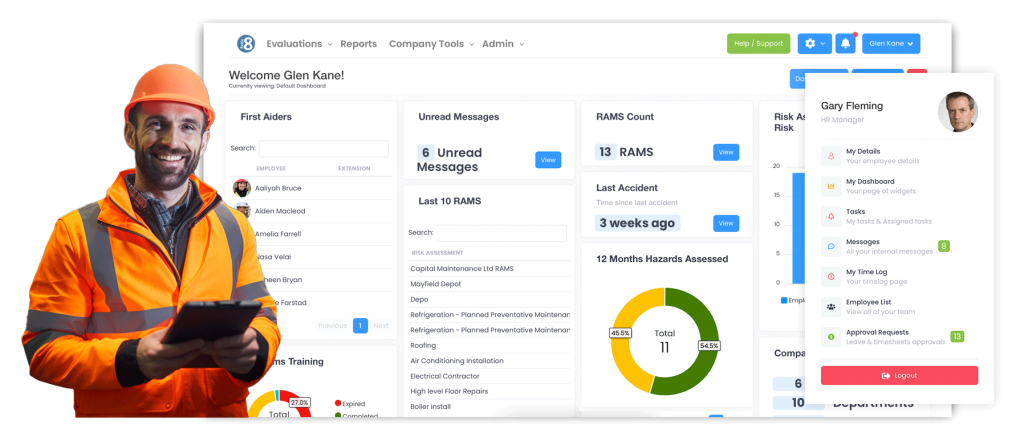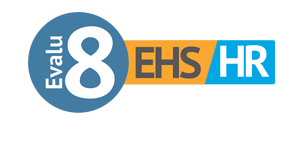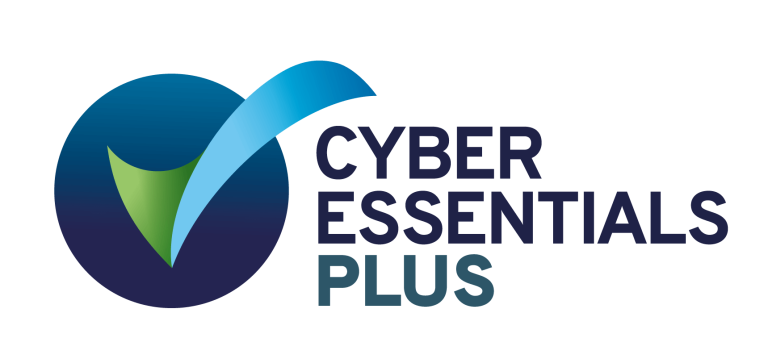In the dynamic landscape of modern workplaces, risk assessments stand as critical guardians of safety and compliance. Whether you’re dealing with a construction site, a healthcare facility, or an office space, understanding and mitigating risks is essential. The process, however, can be time-consuming and demanding, leading to the question: What’s the best way to create risk assessments? In this article, we’ll explore three avenues: Microsoft Word, Microsoft Excel, and specialised risk assessment software.
Microsoft Word and Excel: Cost-Effective but Slow Solutions
Microsoft Word for Risk Assessments
Microsoft Word offers a straightforward approach for creating risk assessments. Its document-centric nature makes it suitable for narrative-based assessments. You can structure content logically, include images, and format text as needed. Collaboration is facilitated, allowing multiple stakeholders to review and edit the document simultaneously.
Pros of Using Microsoft Word for Risk Assessments:
– Familiarity: Most users are comfortable with Microsoft Word, reducing the learning curve.
– Formatting Control: Create visually appealing risk assessments with customisable formatting options.
– Collaboration: Enable real-time collaboration among team members during assessment creation.
Cons of Using Microsoft Word for Risk Assessments:
– Manual Formatting: Requires manual effort for structuring and formatting.
– Version Control: Challenges in managing versions when multiple stakeholders edit the document.
– Limited Automation: Lacks automated calculations and data validation.
Microsoft Excel for Risk Assessments
Microsoft Excel, with its grid-based structure, lends itself to tabular data. It’s suitable for quantitative risk assessments, where data is structured in tables for calculations. While not designed specifically for risk assessments, Excel’s versatility can be harnessed creatively.
Pros of Using Microsoft Excel for Risk Assessments:
– Tabular Structure: Ideal for numerical data and calculations, making it useful for quantitative assessments.
– Data Manipulation: Powerful formulae and functions allow for complex calculations and analysis.
Cons of Using Microsoft Excel for Risk Assessments:
– Formatting Challenges: Limited in terms of creating visually appealing, narrative-style assessments.
– Complexity: Can become convoluted when multiple formulae and data interrelations are involved.
– Manual Data Entry: Prone to data entry errors and lacks automated validation.
Formatting risk assessments in Word requires manual effort. Headers, bullet points, and tables need to be meticulously crafted. Furthermore, collaboration can be cumbersome, leading to version control nightmares. Similarly, while Excel’s tabular structure can help organize data, its calculations can be intricate. Additionally, data entry errors can propagate through rows and columns, jeopardising the integrity of your assessment.
However, it’s important to recognise that for low-volume risk assessments, Microsoft Word and Excel do have merits. They offer a budget-friendly approach, especially if time constraints aren’t pressing.
Evalu-8 EHS Software: The Efficient Solution for Frequent Risk Assessments
Imagine a solution that combines the best of automation, pre-built templates, and centralised data storage—a solution that could transform the way you approach risk assessments. This is where specialised software, like Evalu-8 EHS, steps in. Designed explicitly for risk assessment needs, this software is a game-changer for those dealing with a high frequency of assessments.
Evalu-8 EHS excels in automation. Pre-built templates save you from reinventing the wheel each time you draft an assessment. Automation streamlines data entry, calculations, and reporting. Collaborative features ensure that everyone involved in the assessment process is on the same page, minimising confusion. Custom workflows and approval processes add an extra layer of sophistication to the collaborative process.
“Starting out or dealing with budget constraints, tools like Microsoft Word can be a lifesaver for risk assessments. However, as companies grow beyond a certain size—say, 30 or more staff—it’s time to step up the game. Specialised software not only enhances accountability and compliance but also unlocks valuable man-hours through time saved. It’s the difference between surviving and thriving in the world of risk management.” – Robbie Rouse, MD Evalu-8
Quantifying the Time and Cost Savings
The power of specialised software lies in its potential to save time, a resource that’s often scarce in busy workplaces. Consider this: if you’re conducting more than 5 risk assessments per week or spending over 3 hours weekly on assessments, Evalu-8 EHS can significantly impact your efficiency.
Let’s break it down.
Using Microsoft Word or Excel, the manual nature of the process can easily consume hours. With specialised software, tasks like data entry, calculations, and report generation are expedited. The cumulative effect over a week, a month, or a year can be substantial. But how does this translate into actual cost savings?
Think of the time you free up by using software for risk assessments. This time can be directed towards strategic planning, employee training, or other high-value tasks. It also reduces the risk of errors, which can have legal and financial consequences. For businesses conducting multiple risk assessments, the ROI on specialised software is evident.
Addressing Concerns and Considerations
Transitioning to software might raise concerns about the learning curve and costs. However, Evalu-8 EHS addresses these challenges head-on. The software is designed with user-friendliness in mind. Training resources, customer support, and intuitive interfaces ensure that your team can adopt the software seamlessly.
Costs need to be evaluated beyond the initial investment. The value of time saved and increased accuracy needs to be factored in. Moreover, the potential for improved compliance and better risk management can outweigh the upfront costs.
“Transitioning to software certainly comes with considerations, such as learning curves and costs. What’s heartening about options like Evalu-8 EHS is that they’ve prioritised user-friendliness, making the adoption process smoother than you might expect.
While costs are a factor, it’s crucial to weigh them against the advantages. Remember, the value of time saved and heightened accuracy shouldn’t be underestimated. Beyond that, the potential for enhanced compliance and superior risk management can often tip the scale in favour of software solutions.” – Josh McNicholas, HOM Evalu-8
Flexibility and Adaptability
Specialised software often comes with the benefit of flexibility. Evalu-8 EHS caters to a wide range of industries and risk assessment types. From construction sites to manufacturing facilities, the software adapts to your needs. Customisable templates and workflows ensure that your risk assessments align with your specific requirements.
A Holistic Approach to Risk Management
Evalu-8 EHS software offers more than just risk assessments; it’s a comprehensive risk management solution. Incident reporting, compliance tracking, and analytics are seamlessly integrated. This holistic approach means that your risk assessment efforts tie into a broader strategy for maintaining safety and compliance.
Choosing the Right Solution for Your Needs
The decision between Microsoft Word, Excel, and specialised software hinges on your needs. For businesses conducting more than 5 risk assessments per week or investing significant hours in assessments, Evalu-8 EHS is a potent solution. The efficiencies gained in time, accuracy, and compliance make the investment worthwhile.
For those with lower assessment volumes, Microsoft Word and Excel can provide a cost-effective approach. However, it’s crucial to recognise that while these tools might save on immediate costs, they might not provide the efficiency and accuracy required as your business grows.
Final thoughts
In the realm of risk assessments, time and accuracy are paramount. As workplaces evolve and challenges multiply, the right tools can make all the difference. Microsoft Word and Excel serve as foundational tools, effective for certain contexts. However, when frequency and efficiency come into play, specialised software, like Evalu-8 EHS, emerges as the clear winner.
By embracing automation, templates, and collaborative features, specialised software streamlines risk assessments. It quantifiably saves time and enhances accuracy, directly impacting your bottom line. So, whether you’re managing construction sites, healthcare facilities, or corporate offices, remember that the right software can transform risk assessments from a time-consuming chore into a strategic advantage.
Watch a 5 minute video of Evalu-8 EHS
“It has brought all of our health and safety under one roof and made it easy for me to see all the data”
Get to see exactly how our software can work within your current processes to help your organisation grow a positive safety culture.

FAQ’s related to this post
Specialised software, like Evalu-8 EHS, streamlines the process, saves time, and enhances accuracy through automation and pre-built templates.
Microsoft Word offers familiarity, formatting control, and collaboration, making it suitable for narrative-based assessments.
Yes, Excel’s tabular structure is ideal for quantitative risk assessments that involve numerical data and calculations.
Evalu-8 EHS software combines automation, pre-built templates, and centralized data storage, enhancing efficiency and accuracy in risk assessments.
More from the EHS Blog



